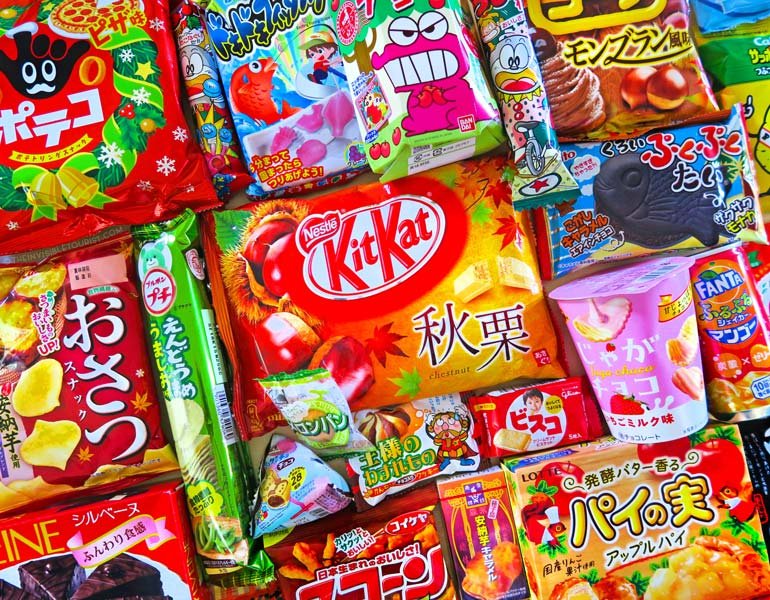Introduction to Fuji Snacks
Fuji snacks, deeply rooted in Japanese culture, offer a unique glimpse into the culinary traditions of Japan. Originating from the regions surrounding Mount Fuji, these snacks have evolved over centuries to become a beloved part of Japanese cuisine. The cultural significance of Fuji snacks is profound, as they are often associated with festivals, family gatherings, and seasonal celebrations. Historically, these snacks were prepared using locally sourced ingredients, reflecting the simplicity and natural flavors that are central to Japanese cooking.
The main ingredients in Fuji snacks are typically straightforward yet flavorful. Common components include rice, seaweed, soybeans, and various types of fish. The simplicity of these ingredients allows the natural flavors to shine through, creating a harmonious balance that is both satisfying and nutritious. Traditional preparation methods, such as grilling, steaming, and fermenting, are employed to enhance the taste and texture of these snacks.
One of the most notable aspects of Fuji snacks is the regional variation that exists within this category. Each area around Mount Fuji has its own unique take on these traditional treats, incorporating local ingredients and culinary techniques. For example, some regions may use a specific type of rice or a particular method of seasoning that sets their version of the snack apart. This diversity not only adds to the richness of Fuji snacks but also underscores the importance of regional identity in Japanese cuisine.
Overall, Fuji snacks are more than just food; they are a reflection of Japan’s rich cultural heritage and culinary ingenuity. By understanding their origins, ingredients, and preparation methods, one can truly appreciate the depth and diversity of these delightful treats. Whether enjoyed during a festive occasion or as a daily indulgence, Fuji snacks continue to hold a special place in the hearts and palates of many.
Popular Types of Fuji Snacks and Their Unique Characteristics
Fuji snacks hold a special place in Japanese cuisine, offering a delightful range of flavors and textures that cater to various tastes. One of the most beloved Fuji snacks is Senbei, a type of rice cracker. Senbei comes in different varieties, often seasoned with soy sauce, salt, or sweet coatings. They can be either crispy or chewy, depending on the preparation method. The texture is a wonderful contrast to the rich umami flavors, making Senbei a popular choice for both casual snacking and traditional tea ceremonies. Typically, they are enjoyed with green tea, which complements the savory notes of the crackers.
Another popular snack is Manju, sweet buns filled with red bean paste. Originating from the Edo period, Manju has evolved into numerous regional variations, each with unique fillings such as chestnut, matcha, or sweet potato. The bun itself is usually soft and slightly chewy, providing a pleasant contrast to the smooth, sweet filling. Manju is often enjoyed during festivals and celebrations, paired with ceremonial teas or sake, making it a versatile snack for various occasions.
Dorayaki is another iconic Fuji snack, consisting of two fluffy pancakes with a sweet red bean paste filling. The pancakes are soft and spongy, absorbing the rich, sweet flavor of the bean paste. Dorayaki is not only a popular treat among children but also cherished by adults for its nostalgic value. It is commonly enjoyed with milk or tea, making it a perfect afternoon snack.
These Fuji snacks, with their unique characteristics, showcase the rich culinary heritage of Japan. Whether you prefer the savory crunch of Senbei, the soft sweetness of Manju, or the comforting fluffiness of Dorayaki, there is a Fuji snack to suit every palate. Exploring these snacks provides a deeper appreciation for the intricate flavors and textures that define Japanese confectionery.


